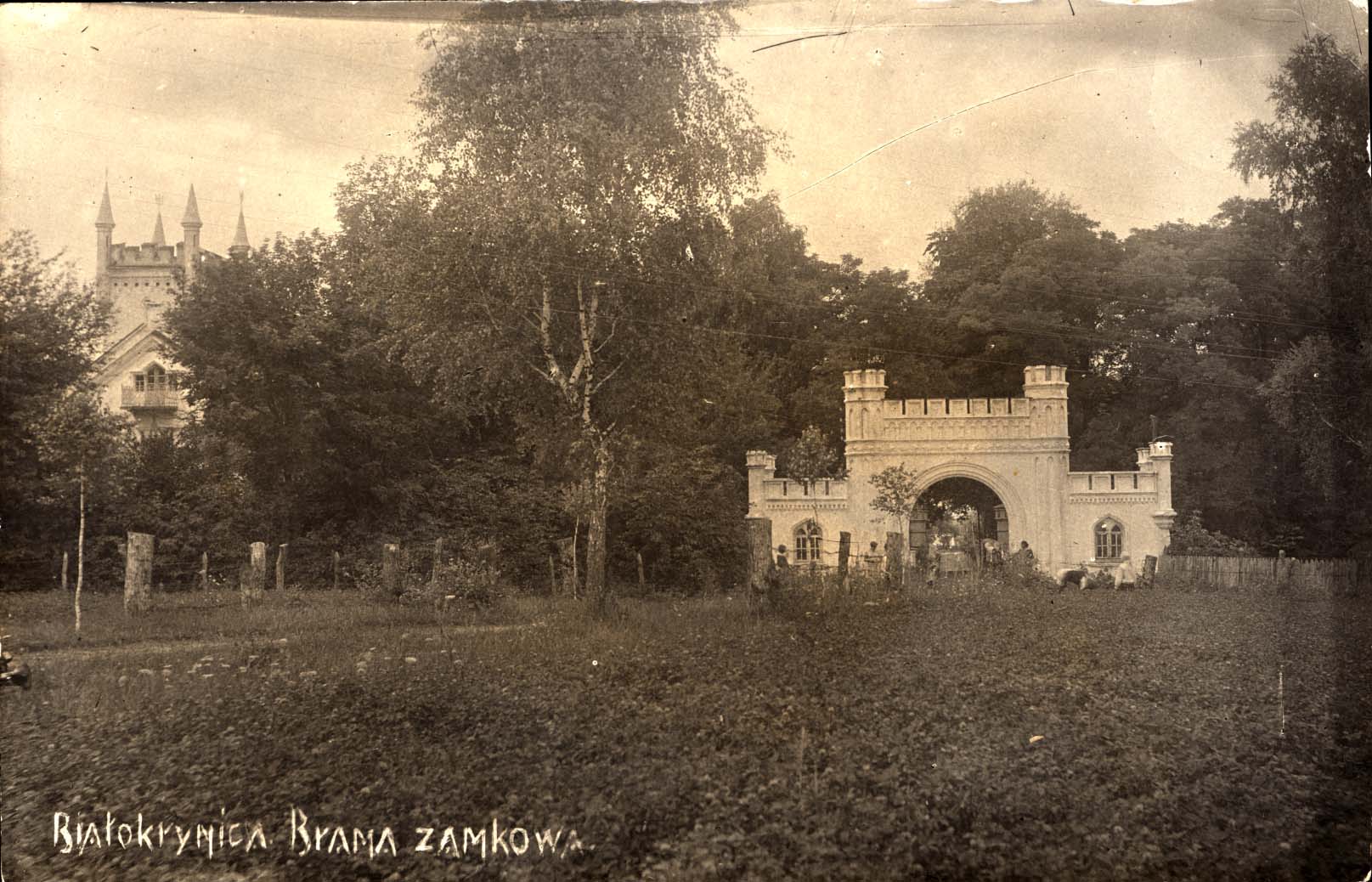

Murder Story of Krzemieniec Jews at the Yakutsk Regiment in Krzemieniec

During the night of August 9-10, loud shooting was heard in the ghetto. As a result, Gendarmerie (German rural order police) and Ukrainian auxiliary police surrounded the ghetto. Although they initiated it, the Germans claimed that the shooting throughout the night was carried out by the Jews, who had begun an uprising. The Judenrat was ordered to assemble all those capable of work at the gate. The ghetto fence was torn down. Members of the Gendarmerie and the Ukrainian auxiliary police entered the ghetto and dragged Jews out of their houses. Some people were caught in the crossfire and died in the ghetto; a number of others escaped to hiding places. The Gendarmerie men and Security Police made a selection to determine who would be removed from the ghetto. People were lined up at the gates in two long lines, with Ukrainian policemen standing between the lines. Following a selection, between 1,200 and 1,500 Jewish artisans, as well as members of the Judenrat and Jewish policemen and their families, were taken in groups of 400, under heavy guard, to the nearby village of Bialokrynica for the purpose of forced labor. Those who tried to escape were shot on the spot. The next day, August 10, the patients from the hospital and poor people who were living in a former hotel in the ghetto were the first to be collected at the synagogue square and taken from there, by truck or on foot, to the western part of the town, to the former (during World War I) shooting range of the Yakutsk Regiment. They were followed by many of the remaining inmates of the ghetto - children, women, elderly people, and men who had been brought by truck-- to the murder site. On that day half of the Jewish specialists who had been held in Bialokrynica were also taken to this murder site, as well as Jews from the nearby ghetto of the town of Berezce. Upon their arrival at the former shooting range, the victims were brutally pushed from the trucks and forced to strip naked. Those who resisted were beaten. Then, in groups of 4-5, the victims were driven into several pits that had been prepared the previous day by Soviet POWs and some Jewish prisoners, and shot to death with machine-guns. Those who tried to run away from the murder site were shot to death on the spot and their bodies thrown into a mass grave. Ukrainian auxiliary policemen guarded the murder site to prevent the victims from escaping. Each layer of bodies of the victims was covered with earth and sprinkled with lime chloride. During the two days of August 10 and 11 the killing was carried out from early morning until late evening by a group of Security Police and SD, with the assistance of Gendarmerie and Ukrainian auxiliary police.
After the murder, the clothes of the victims and their valuables, that had been piled up during the killing, were sorted and taken to the high school of Krzemieniec and were later sold. The less valuable items, documents, and photographs of the victims were burned at the murder site.
During the following days and weeks members of the Gendarmerie and Ukrainian auxiliary policemen returned to the ghetto to look for people concealed in bunkers and hideouts. Thus, on August 14, 1942 1,500 Jews discovered in hiding were shot to death at this murder site. Two days later about 400 additional Jews from the village of Bialokrynica were killed, together with Jews captured in the ghetto. On August 20, 1942 a group of Security Police and SD shot to death another 1,210 Jews (848 women and children and 362 men). Some people in the ghetto committed suicide, along with their families, in order to avoid falling into the hands of the Germans.

